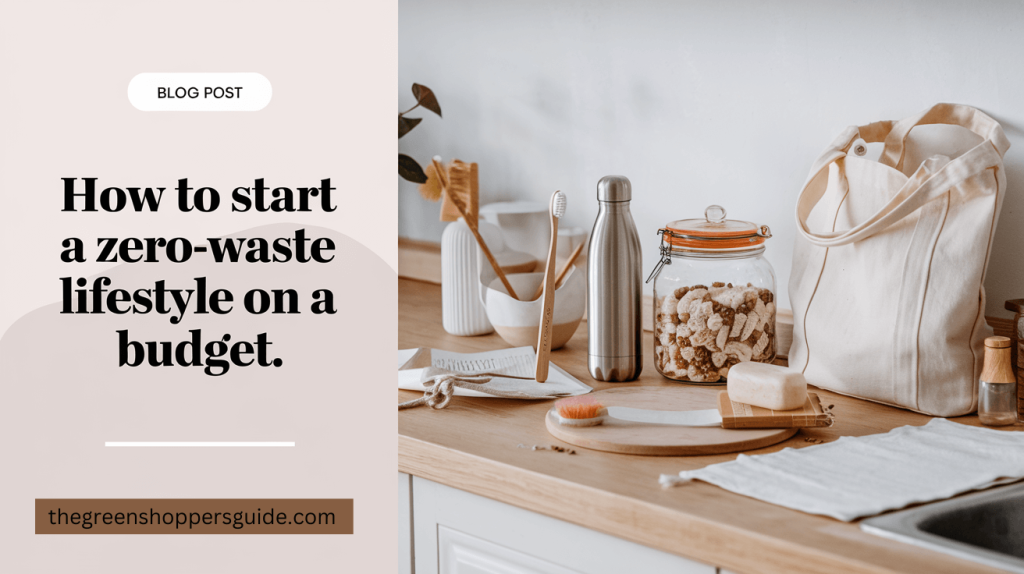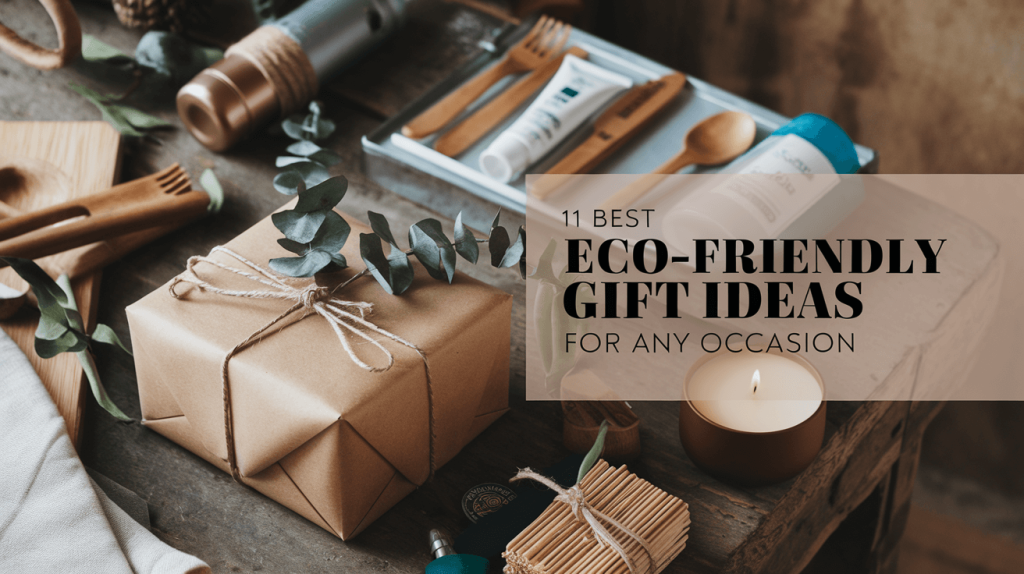Transitioning to a zero-waste lifestyle can seem overwhelming, especially with the perception that eco-friendly products are expensive. However, going zero-waste doesn’t mean spending more—it’s about reducing, reusing, and making conscious choices that help both your wallet and the planet. In this guide, we’ll explore budget-friendly zero-waste tips that are easy to start and sustainable in the long run.
1. Mindset Shift: Reduce First, Then Reuse & Recycle
The best way to start a zero-waste lifestyle on a budget is to reduce consumption instead of buying new eco-friendly items right away. Use what you already have and avoid unnecessary purchases.
- Finish your current products before switching to sustainable alternatives. For example, use up the plastic-packaged shampoo before buying a shampoo bar.
- Repurpose what you own—old jars can be used for food storage, worn-out t-shirts can be cleaning rags, and takeout containers can store leftovers.
- Avoid impulse buys labeled as “zero-waste” but are not essential.
- Prioritize needs over trends—many zero-waste products marketed as “must-haves” aren’t necessary if you already have reusable alternatives at home.
2. Budget-Friendly Reusable Essentials
You don’t need to buy expensive zero-waste kits. Instead, start small with affordable and practical swaps.
- Use a reusable tote bag—most people already own one at home.
- Repurpose glass jars for storage instead of buying new ones.
- Carry a refillable water bottle instead of purchasing bottled water.
- Reuse cutlery from home instead of buying a portable cutlery set.
- Swap single-use plastic straws for reusable stainless steel or silicone straws.
- Use cloth napkins instead of paper towels—many can be made from old fabric scraps.
3. Cut Down on Food Waste & Save Money
Reducing food waste is one of the easiest ways to go zero-waste without spending extra. It also lowers grocery bills!
- Meal plan to avoid buying excess food.
- Store food properly to prevent spoilage—keep herbs in water and freeze leftovers.
- Buy in bulk where possible, using containers you already own.
- Use vegetable scraps to make homemade broth.
- Compost food waste to reduce landfill contribution and create nutrient-rich soil.
- Try a “leftovers night” each week to use up remaining food instead of throwing it away.
4. Affordable Personal Care Swaps
Sustainable personal care doesn’t have to be expensive. Choose low-cost, long-lasting alternatives over single-use products.
- Use bar soap instead of body wash in plastic bottles.
- Switch to a bamboo toothbrush when your current one wears out.
- DIY natural skincare—use coconut oil as a moisturizer.
- Try shampoo and conditioner bars instead of liquid hair care products in plastic bottles.
- Use reusable cotton rounds instead of disposable makeup wipes.
5. Thrift & Buy Second-Hand
Instead of buying new “eco-friendly” products, consider buying second-hand or repairing what you own.
- Thrift clothes, furniture, and electronics to reduce waste and save money.
- Look for repairable items—learn simple sewing to fix clothes or mend shoes.
- Use online marketplaces like Facebook Marketplace, Craigslist, or Freecycle.
- Participate in clothing swaps with friends or your local community.
- Look for refurbished electronics instead of buying new.
6. DIY Cleaning Products & Household Swaps
Most household cleaners contain harsh chemicals and come in plastic bottles. Making homemade cleaners is cheaper and just as effective.
- Vinegar + baking soda = all-purpose cleaner.
- Lemon peels in vinegar = natural disinfectant.
- Use old t-shirts as cleaning rags instead of paper towels.
- Make homemade laundry detergent using castile soap and baking soda.
7. Join Zero-Waste Communities for Free Resources
- Swap with friends & family (clothes, furniture, books).
- Join Buy Nothing groups & Freecycle to find free second-hand items.
- Attend local zero-waste workshops or join online forums for free tips.
- Follow zero-waste influencers and blogs for continuous inspiration.
8. Long-Term Savings from a Zero-Waste Lifestyle
Though some sustainable swaps may have an upfront cost, they save money over time:
- Reusable water bottles eliminate bottled water expenses.
- Cloth napkins last years, replacing paper napkins.
- Refillable cleaning products cost less in the long run.
- Investing in quality items reduces the need for frequent replacements.
Final Thoughts
Starting a zero-waste lifestyle on a budget is not about perfection—it’s about making small, intentional choices that reduce waste without overspending. By repurposing what you already have, buying second-hand, making simple swaps, and reducing food waste, you’ll find that sustainability can actually save you money in the long run.
Remember: progress over perfection! Every step toward zero-waste living counts, no matter how small. Start with what’s accessible, and gradually build habits that support both your budget and the planet.
 Skip to content
Skip to content


